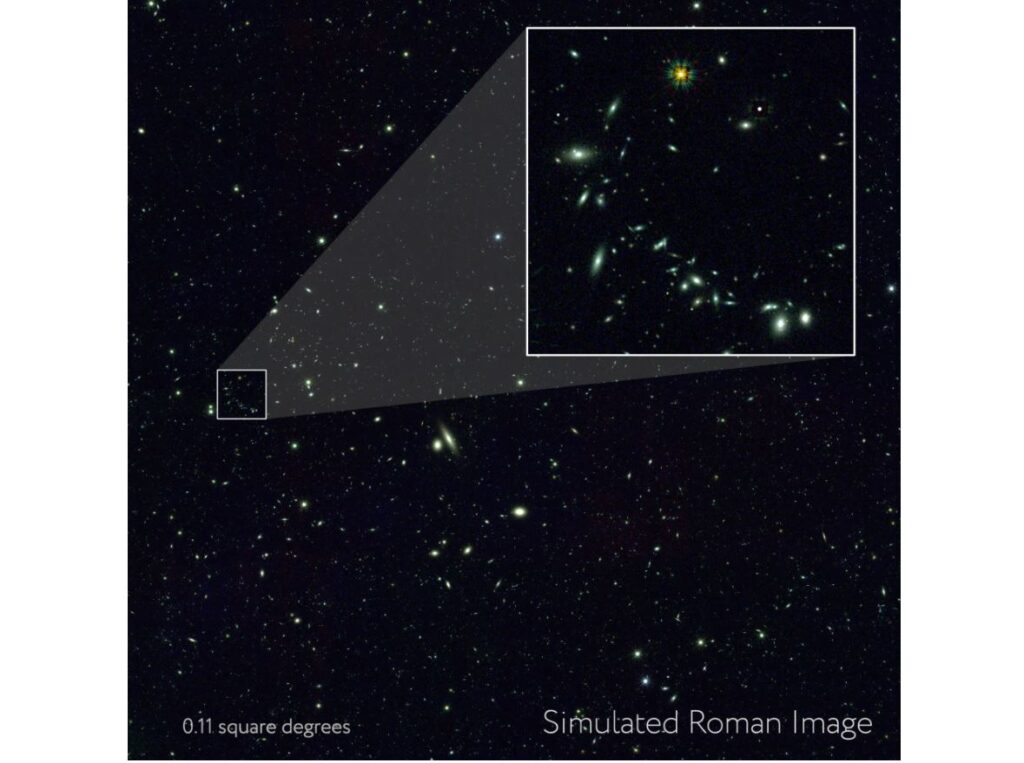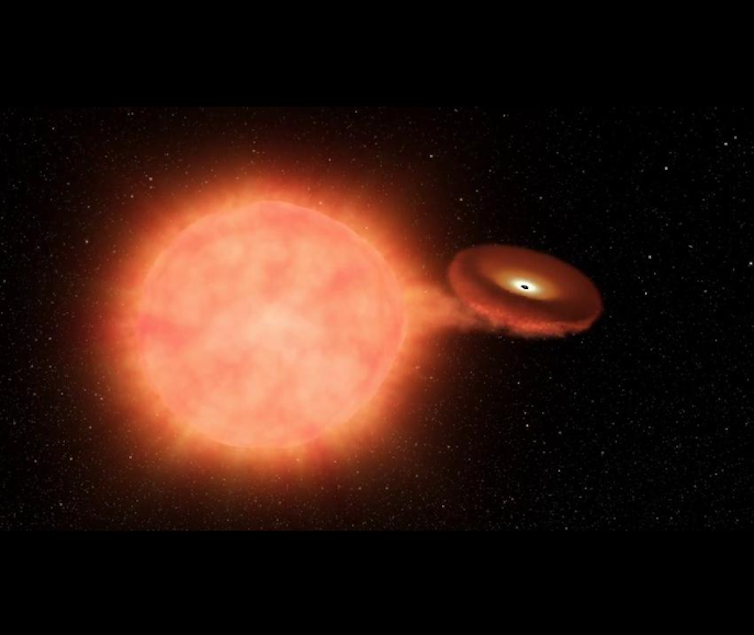
One of the biggest mysteries in science—dark energy—doesn’t actually exist, according to researchers looking to solve the riddle of how the universe is expanding.
Their analysis has been published in the journal Monthly Notices of the Royal Astronomical Society Letters.
For the past 100 years, physicists have generally assumed that the cosmos is growing equally in all directions. They employed the concept of dark energy as a placeholder to explain unknown physics they couldn’t understand, but the contentious theory has always had its problems.
Now a team of physicists and astronomers at the university of Canterbury in Christchurch, New Zealand are challenging the status quo, using improved analysis of supernovae light curves to show that the universe is expanding in a mor...
Read More









Recent Comments